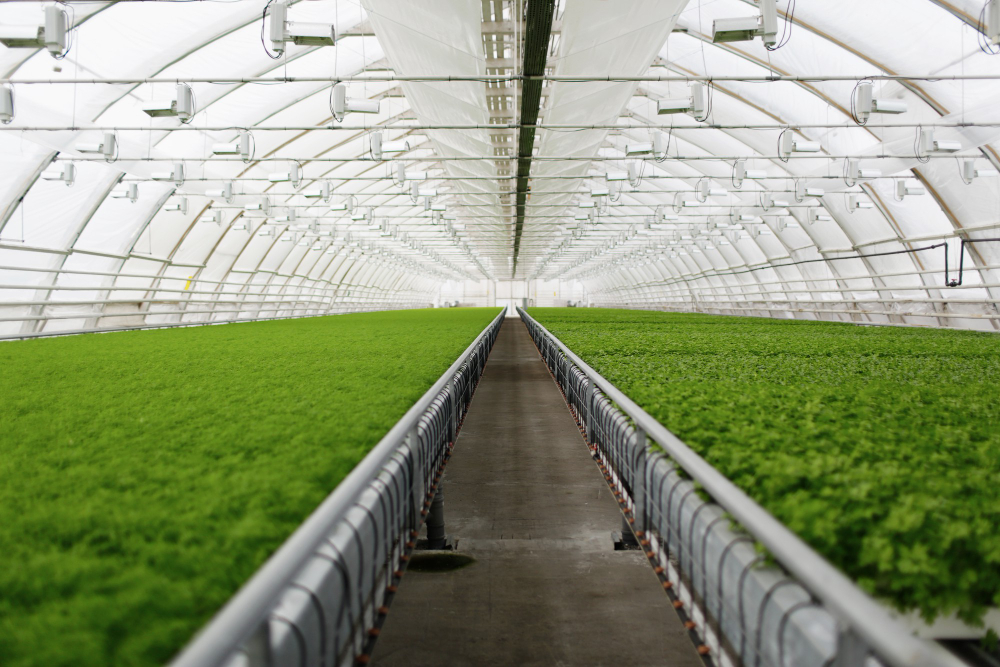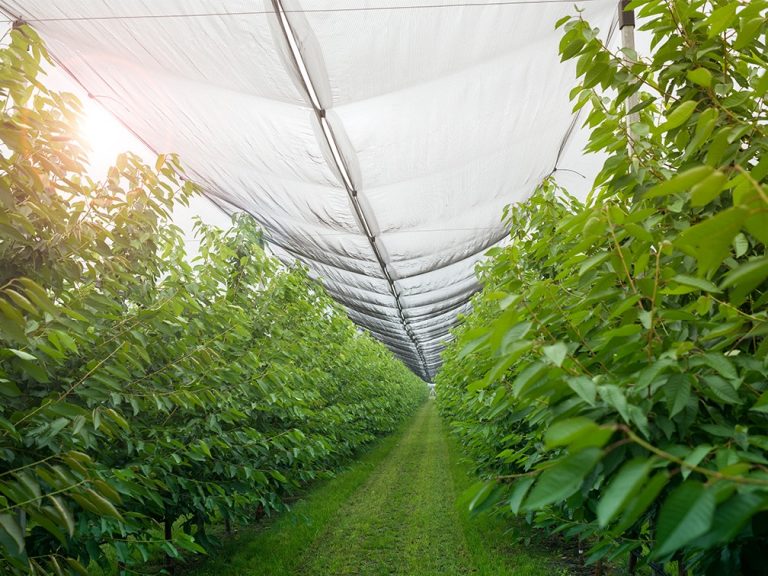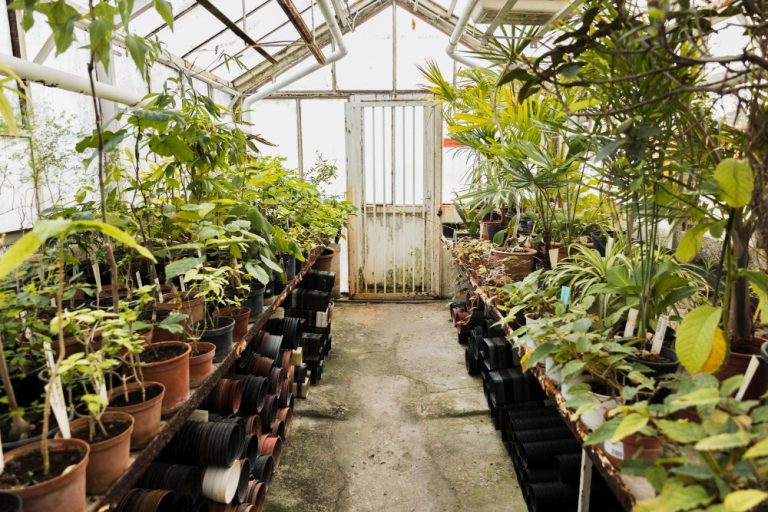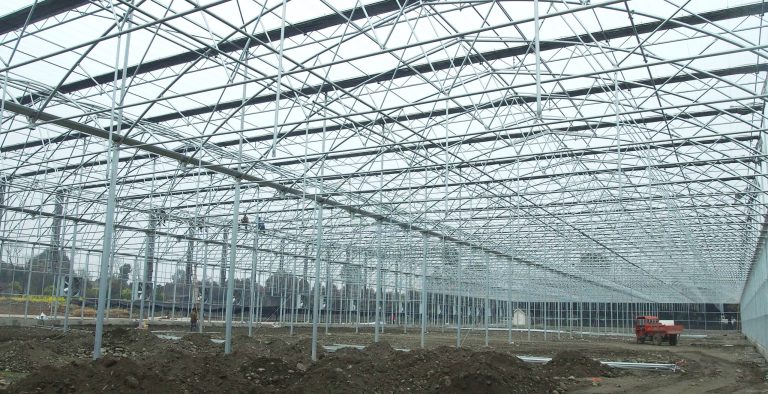
The ideal humidity for starting seedlings in a greenhouse varies slightly by stage and plant type,but generally focuses on maintaining high relative humidity(RH)during germination to ensure consistent moisture and prevent seed drying,followed by a gradual reduction as seedlings develop to avoid issues like damping-off disease.
Germination Phase
For optimal seed germination,aim for 90-95%RH(or nearly 100%in some cases)in a controlled environment like a germination chamber or under humidity domes.This high level helps seeds imbibe water effectively without fluctuating moisture levels.
If using domes or plastic covers over seed trays,they create a micro-environment that naturally achieves this high RH;vent or remove them periodically to manage condensation and prevent rot.
Some plant-specific variations exist:for example,80-90%for carrots,70-80%for cucumbers,or 75-85%for basil,but 50-70%may suffice for others like tomatoes or lettuce.
Post-Germination Seedling Growth
Once seedlings emerge and develop their first true leaves(typically 1-2 weeks),lower the RH to 50-70%to encourage stronger root development and reduce disease risk.
Ambient greenhouse RH during this stage is often 60-80%during the day and 65-75%at night for most plants,but monitor closely as levels above 80%long-term can promote fungal growth.
Tips for Maintaining Humidity
Use tools like hygrometers to monitor levels,and achieve high RH with misting,humidifiers,or water-filled trays/crock pots on timers.
Combine with ideal temperatures:65-85°F(18-29°C)for germination,dropping to 60-75°F(16-24°C)for growth.
Ensure good ventilation to balance humidity and prevent stagnation,especially in larger greenhouses.
Always adjust based on specific plant needs,as over-humid conditions can lead to mold while too-low levels cause wilting.If growing a particular crop,consult seed packets or extension resources for tailored advice.




